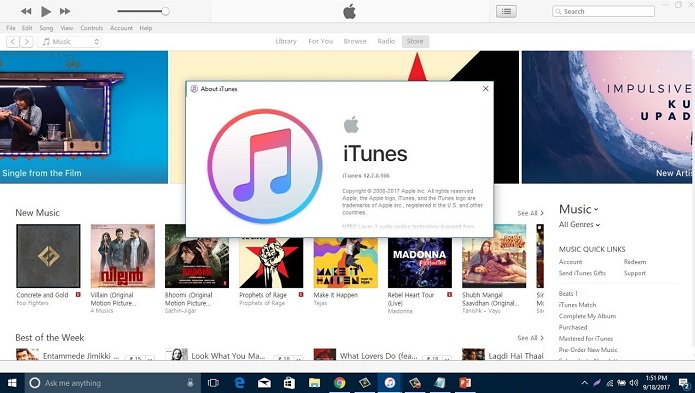

for early versions of Fiji, and other miscellany.Just prior to extensive changes reconciling Fiji with ImageJ2. Just prior to some big changes to ImageJ2 under the hood.

Just prior to a big update to facilitate reproducible builds. Just prior to starting the transition to Java 8. The final version of Fiji using Java 6, for all platforms. Here are Life-Line versions from before Fiji switched to Java 8. Just prior to a sweeping update to nearly all components. Here are Life-Line versions of Fiji created after the switch to Java 8. The idea is that if something goes horribly wrong, you can fall back to a stable version. This sections offers older downloads of Fiji, preserved just prior to introducing major changes. You can download previous Fiji builds by date stamp from the archive. See the source code page for details on obtaining the Fiji source code.

Personally, I use QuickTime to quickly cut out bits of video and paste them together, then export as a standard MPEG-4 file. What Apple has done with Preview app-namely make it a swiss army knife of document processing-it did more than a decade ago for multimedia with QuickTime. Who is still riding this brushed-metal dinosaur? Everyone from But as a quick and dirty video clipping and editing tool, QuickTime Player 7 is hard to beat-and doesn’t really have a replacement. As a player, it’s largely unnecessary-if you hate QuickTime X, consider trying the open-source There’s no denying that QuickTime Player 7 is a fossil from an ancient era of the Mac. In fact, Apple never really implemented large portions of QuickTime itself for 64-bit architectures as a result, I suspect a lot of apps that rely on QuickTime for their functionality may die or need major overhauls once the 32-bit era officially ends. Why would Apple keep an older version of an app around, side by side with the new version? The reason is that QuickTime X didn’t offer many of the features of QuickTime Player 7.


 0 kommentar(er)
0 kommentar(er)
